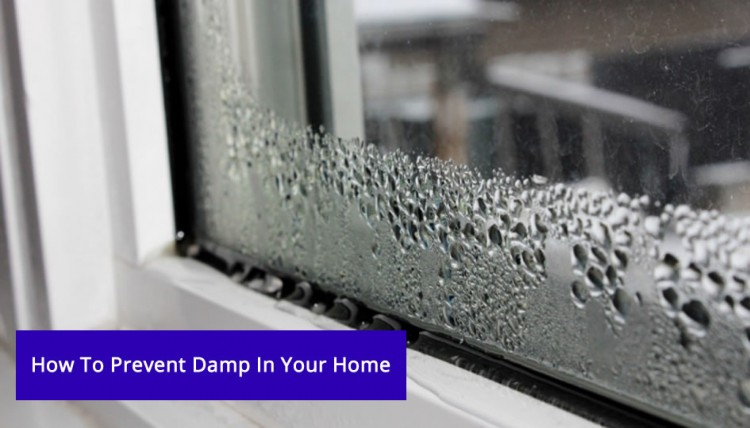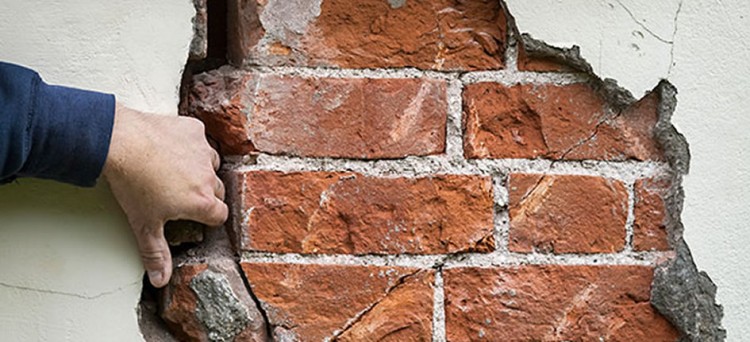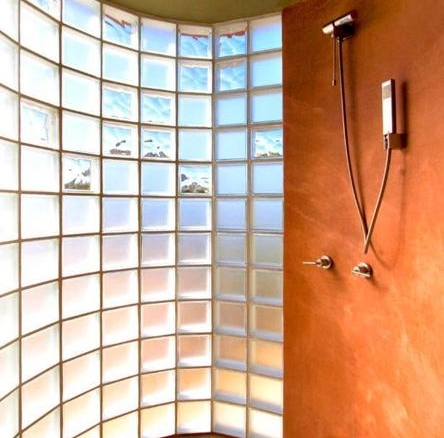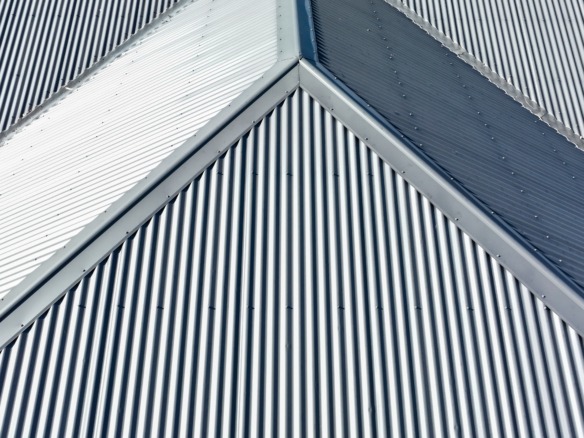
Dealing with damp is just something we don’t want to do and while there are loads of brilliant damp proof experts who will handle the job for you, it is always best to prevent rather than cure. But how can you prevent damp in your home? Sometimes, you can’t because the problem is out of your control – a failed damp proof course is a prime example. But there are other steps you can take to prevent damp or at least cut down the chances.
Ventilation
The most common reason for damp in a home is due to condensation and the primary cause of this is poor ventilation. Double glazing is wonderful for saving on heating bills but has encouraged us all to shut up tight – and without other means of ventilation, then condensation is a real problem.
Condensation happens when warm, moisture-filled air comes into contact with cold walls and releases the moisture. This eventually leads to damp problems like black mould. However, if you have the right ventilation, that warm air can escape and release its moisture outside.
An extractor fan is a simple way to help deal with the problem. Used when you are cooking or showering, it grabs that warm moist air and throws it outside. Drying washing outside where possible is another easy way to ensure that moisture doesn’t build up and even opening a window just a crack can help.
Insulation
Another way to combat condensation is to raise the temperature of those walls to stop the moisture being released and the best way to do that is with insulation. Cavity wall insulation is a popular example while getting the right insulation in the loft not only helps combat the chances of damp but stops heat loss and saves on utility bills. Many people even decide to go with pole barn insulation, to make sure the additional structures on their property are also safe from moisture.
It can be a costly job to have external and internal insulation work done but in the long run, it will pay for itself in money not spent dealing with damp problems.
Heating
Being smart about how you heat your home can also play a part. It is easy to think that the warmer a house is, the less chance it will get damp. But this isn’t entirely true – uneven heating with some rooms being colder than others can leave you just as vulnerable.
An interesting option is to use infrared heating. These were popular for heating outdoors on patios but have also been discovered to be great to work inside and can help to dry out a damp problem. They ensure that walls remain warm enough that the damp cannot build up.
Dehumidifying
If you are struggling with condensation, then a dehumidifier might be worth considering. This is an electric device that pulls damp air from a room and lowers the humidity levels. It can be regularly emptied and some even attach to the house’s water system to empty themselves. There are built-in humidistats on some that let you set the level of humidity or have the device automatically start working if they reach a particular point.

Adding render to outside walls
Penetrating damp is another common type of damp and happens when rain water can get through a space in the walls or roof to the interior of the house. One way to protect brickwork and reduce the chance of this happening is to add render to the outside walls. This forms a waterproof barrier to the walls, repels the water and stops that water ingress that leads to penetrating damp. And it also looks very smart and can come in different colours to make your home look a little different from the neighbouring properties.



